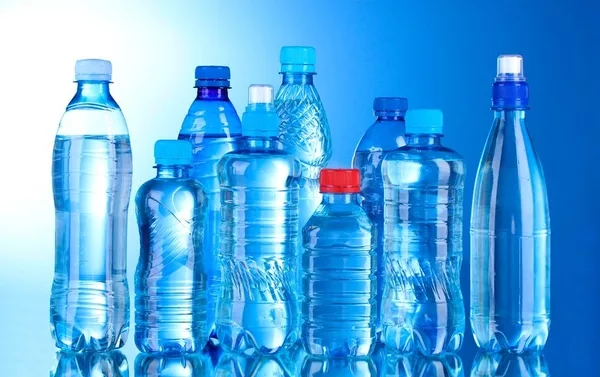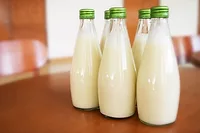What You Need to Know About Plastic Food Packaging

The primary role of food packing is to protect food products from damage and degradation while allowing for easy transportation. While there are multiple types of packaging options, plastic packaging is one of the most popular options. This is because one of the major advantages such type of packaging offers is its flexibility in terms of functionality.
In fact, plastic has come a long way over the years in terms of its production process as well. A lot of research effort goes into looking for viable ways of producing plastic to ensure the negative impacts of its production process are curtailed. This is also reflected through constant advancements with respect to product of sustainable plastic products, such as biodegradable and bisphenol A-free plastics.
Apart from developing technology to create food-grade plastic, companies are also constantly trying to improve their production processes to reduce the cumulative impact of plastic production on the environment.
Is Plastic Really Environmentally Friendly?
Recently, a life cycle study was conducted to measure the viability and safety of plastic in today's market compared to other packaging materials. This included plastic packaging, plastic caps, plastic containers and flexible plastics as well as shrink wrap. While analyzing the samples, it was ascertained that alternatives materials took up about 4.4 times as much weight after manufacturing had completed. The manufacturing process itself used twice the amount of energy used to create plastic. This only goes to show that the nature of plastic—the production process as well as its life cycle—have shown significant improvements over the years.
It is also important to remember that the U.S. Food and Drug Administration strictly regulates substances that come in contact with our food, which include plastic packaging products. Each food item, as well as the packaging used for it, undergo stringent evaluation before receiving the necessary approvals.
How Does Plastic Packing Protect Your Food?
Plastic packaging is used widely to contain food products as it provides the necessary protection from both external factors that cause spoilage.
Plastic works as a protective barrier between the external gases and the food products, thus saving it from reactions such as oxidation and ensuring the food item remains fresh. For instance, ultra-thin plastic film helps increase shelf-life of fruits and vegetables by blocking transmission of oxygen. In case of fresh meat and other meat products, plastic vacuum packing is used to prevent discoloration and extend shelf-life.
Looking for quick answers on food safety topics?
Try Ask FSM, our new smart AI search tool.
Ask FSM →
Depending on the type of plastic used, it can also protect food products from harmful lights, whether invisible or infrared. This is because plastic has the chemical protection to withstand the ill effects of the various chemicals in its surrounding environment.
Plastic packaging also provides physical protection to its contents. It can withstand physical damage such as sudden force during handling or wear and tear during transportation and distribution. For instance, factory-sealed plastic containers and bags help preserve the flavor, texture and nutrients of food by locking out air, preventing absorption of nasty odors and flavors, while averting “freezer burn.”
Plastic also offers biological protection by way of protecting the food products from the millions of microorganisms and pathogens present in its surroundings. This prevents the chances of suffering from infections and diseases due to contamination.
And there you have it—all you need to know about plastic and how it keeps your food safe and fresh!
Mohan Naik oversees digital marketing for XL Plastics.








